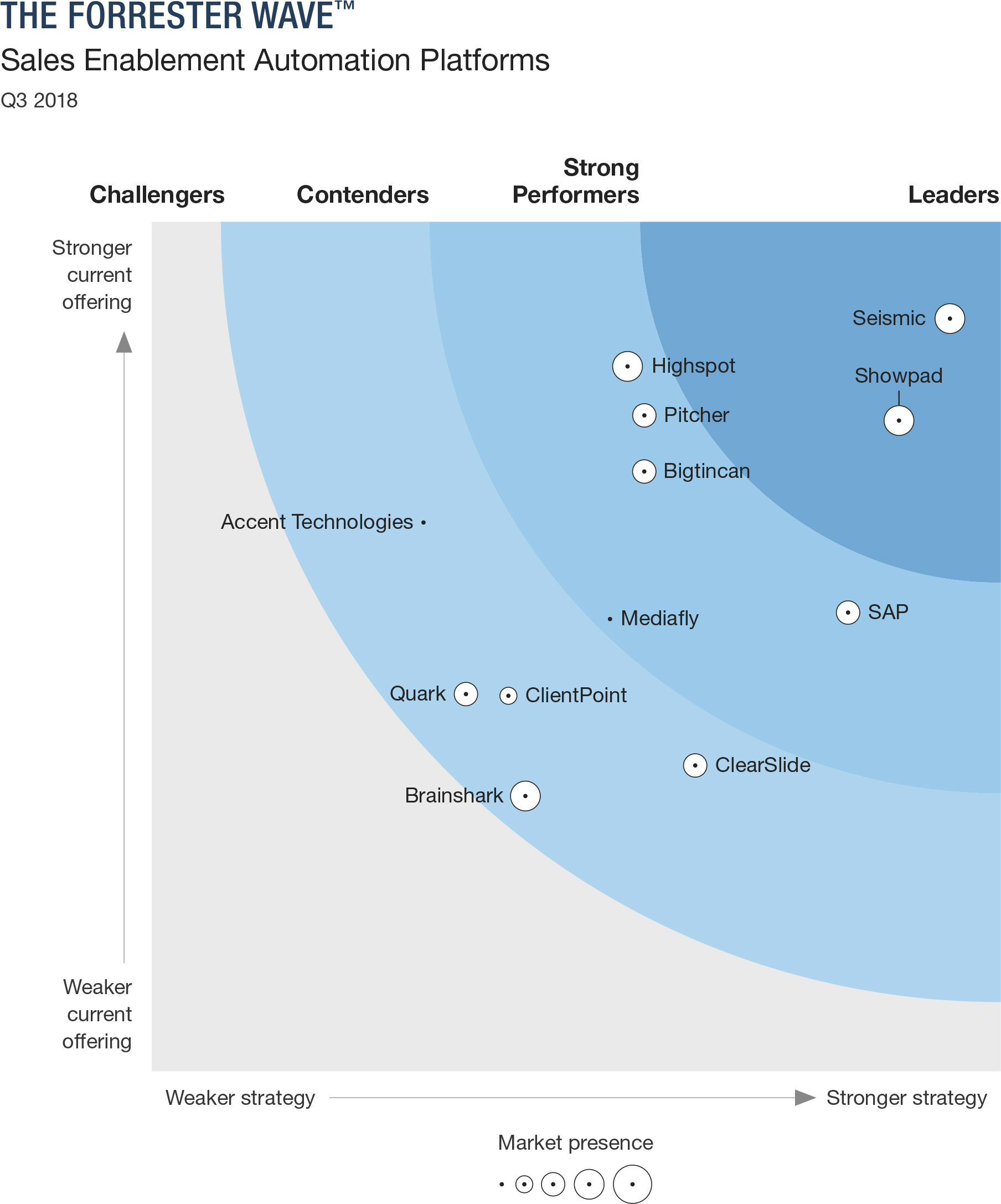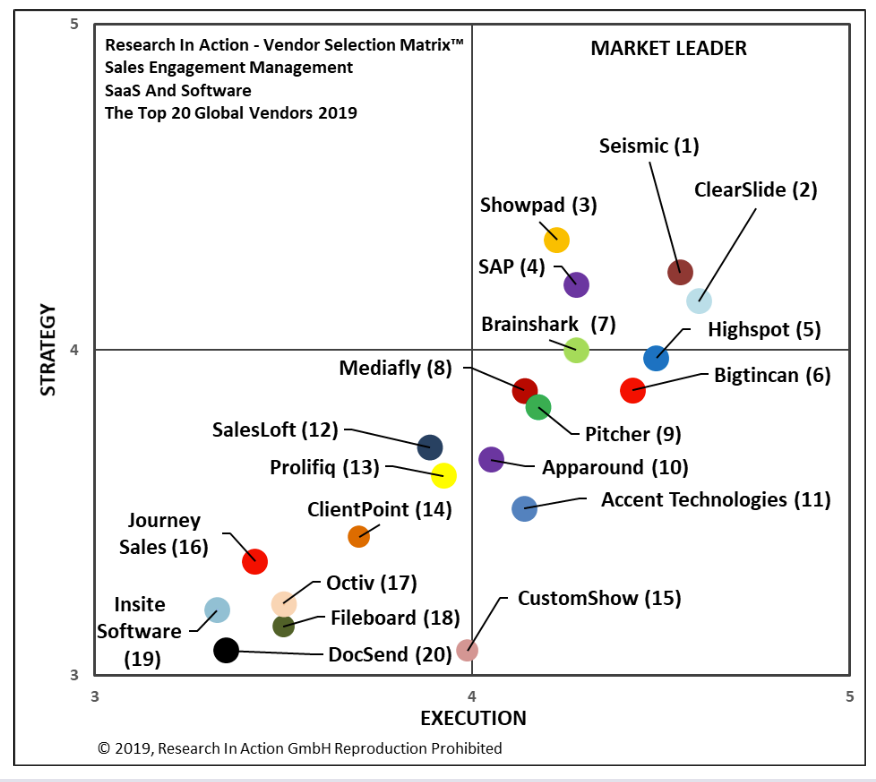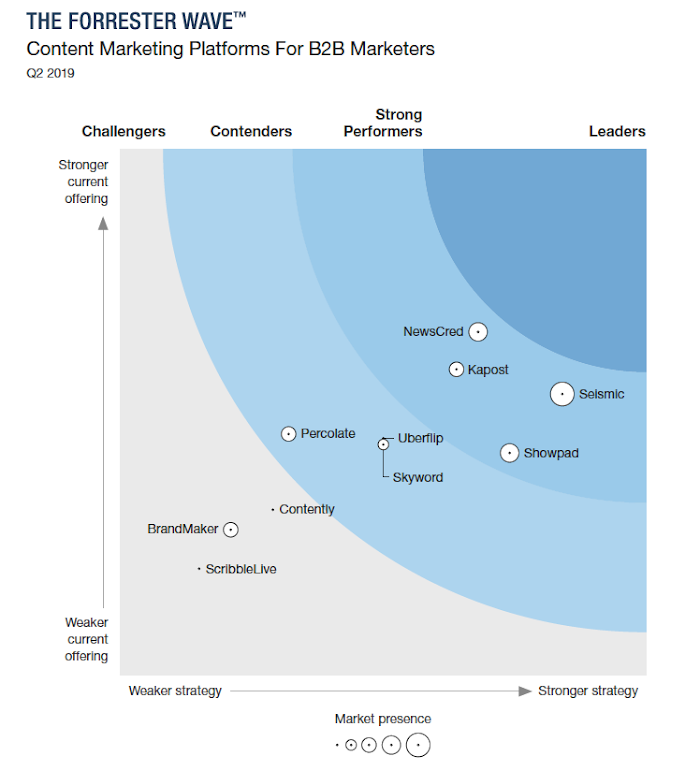I’ll admit it: We as a marketing and sales technology community (now 7,000 strong!) haven’t historically done the greatest job articulating exactly what it is everyone does. There are old, well known terms that seemingly everyone uses (“pipeline generation!” “sales and marketing alignment!”). At the same time, there are newer terms which seemingly everyone is trying to define on their own (“sales enablement!” “sales engagement!” “content marketing!”).
The reason for this is because, well, business is doing pretty well. Technology is now the largest area of investment in marketing. As the market continues to grow, those who have a vested interest in its long-term success—vendors, analysts, consultants, associations, etc.—also have a vested interest in owning the ‘standard’ definitions of these terms. Those who own the definitions own the authority, and they become the go-to experts in a market that shows sign of slowing.
But how much of this matters to you? Approximately zero percent.
Chances are you’re just looking for a way to make sure your sales reps have access to the right information and personalized assets so that they can do a better job developing relationships with buyers. “Sales enablement,” “sales engagement,” and “content marketing” mean nothing to you if they don’t help find a solution to your problem.
So the purpose of this blog is to help you learn a little more about what’s really being offered out there. We’re going to shed some light on some of the terms you’ll likely encounter on your search, along with some of the more well-known third-party analyses/rankings for further research.
Term 1: “Sales enablement”

Seismic adopted this term in large part because our customers have also adopted it. In fact, LinkedIn data shows that the number of people with “sales enablement” in their job title doubled over the past year.
Generally, when people talk about “sales enablement technology,” they are referring to solutions that get the right assets into the hands of sellers, allow sellers to quickly personalize said content for each interaction, and allow content creators to track content effectiveness on the back end. Sometimes it will also refer to sales training and coaching technologies, but today we’re seeing the term “sales readiness” more often applied to those vendors.
If this sounds like what you’re looking for, there are a couple good resources to check out. The first is The Forrester Wave™: Sales Enablement Automation Platforms, Q3 2018. This is an extremely thorough overview of the top 11 players in sales enablement automation as researched through product briefings, questionnaires, customer references, and more. It also provides detailed analyses of each vendors’ offerings, ranging from specific product capabilities to customer success.
The second is the G2 Grid for Sales Enablement. G2 is essentially the Yelp for business software. Because of this, G2 is more democratic than a traditional analyst report, but they are also more democratic on the vendors they allow in each category. (You’ll see there are about 60 ‘sales enablement’ vendors.) So just make sure you cross reference G2 with other resources to find what you’re really looking for.
Term 2: “Sales engagement”

“Sales engagement” has come to refer to a wider array of solutions than “sales enablement.” It sometimes represents solutions that offer the management and personalization of sales assets–in addition to features that allow sellers to engage buyers through content sharing functionality and email. Seismic is an example of a solution that does both.
Other times, “sales engagement” refers to tools that help sellers manage, measure, and optimize sales interactions, which is why vendors such as Oureach.io and SalesLoft have adopted the term.
If you’re looking for those more in the former bucket, in that they offer both content management and content engagement functionality, take a look the research reports below. The first, conducted by Research in Action, is the newer of the two, having come out earlier this year. It is also noteworthy as the results are compiled from a combination of end-user surveys and analysis input…a pretty unique take on a traditional analyst report.
- Sales Engagement Management SaaS & Software: The Top 20 Global Vendors Report 2019
- Information on Aragon Research’s 2018 Globe for Sales Engagement (Purchase report here.)
Term 3: “Content marketing”

As you’ve probably noticed, a lot of what we talk about has to do with content. Content is the lifeblood of interactions between a business and their customers, so it makes sense. Particularly in B2B buying situations, the effectiveness of content is directly tied to how it can be used in sales interactions.
Because of this, earlier this year, Forrester decided for the first time to publish two different Content Marketing Platform Waves, one for B2C companies and the other for B2B. If you’re looking for information on vendors that specialize in activating content among sales and other customer-facing teams, in addition to some other vendors that offer content calendaring and scheduling, we recommend you check it out:
There you have it! Hope this helps clear up some of the terms that us marketing folk rely on perhaps a bit too heavily. I also hope the reports listed above are helpful as you begin your process of finding the solution that is the best fit for you!
Looking to learn more about the top sales engagement vendors? Register for “The Rise of Sales Engagement” webinar featuring Peter O’Neill, Lead Analyst at Research in Action.
